Strict feudal rule and a rising middle class characterizes this period.
1615–1868 C.E.
Strict feudal rule and a rising middle class characterizes this period.
1615–1868 C.E.
What is the Edo Period?
We're adding new content all the time!
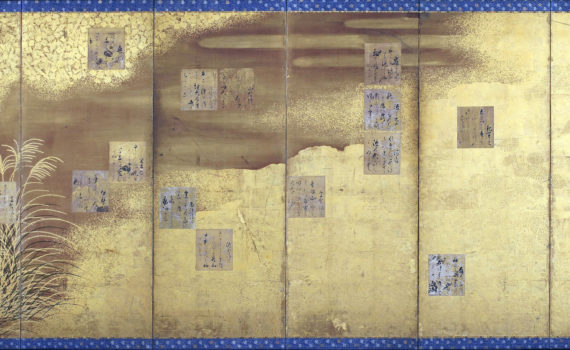
Two folding screens from Edo Japan show a lavish golden garden and 36 poem cards by the famous calligrapher Hon'ami Kōetsu.
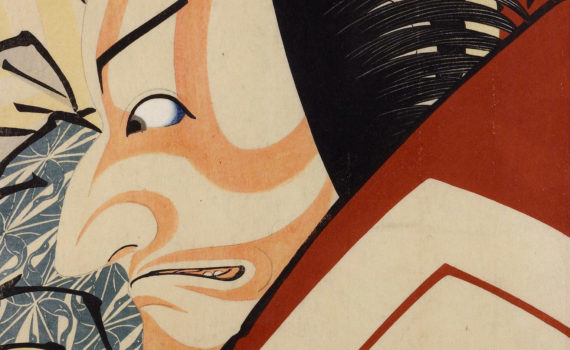
Kabuki theatre's leading actors influenced fashion and taste and quickly became the subject of popular woodblock prints in Japan
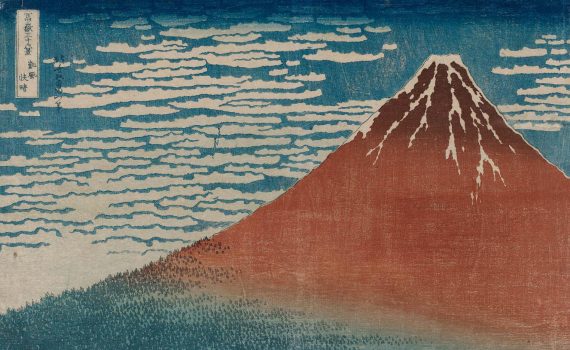
The Edo period saw an intensified circulation of visual vocabulary and aesthetic principles between mediums (paintings, ceramics, lacquerware, and textiles often shared the similar motifs) and crossing different registers of culture from design to popular culture to nostalgia for a romanticized pre-modern past.
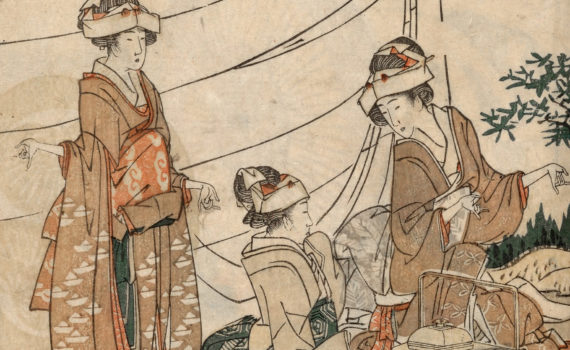
Hokusai’s picture books captivated audiences in Japan in the nineteenth century, and later in Europe and America as well.
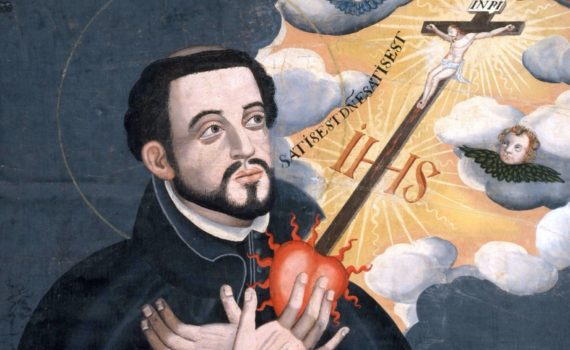
A portrait that celebrated Francis Xavier, the “Apostle of Japan” whose mission had inaugurated the Japanese Catholic Church.
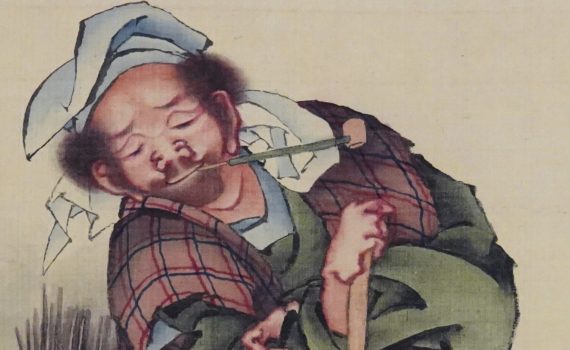
A fisherman and a woodcutter — at age 90, the great Japanese artist Hokusai painted these moving images of contentment.
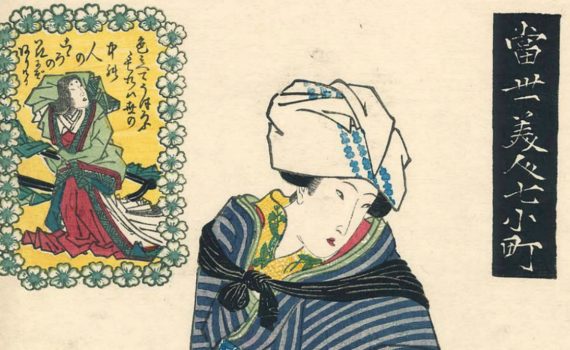
In this example of ukiyo-e, the artist represents a modern woman in the guise of Komachi, a legendary poetess.
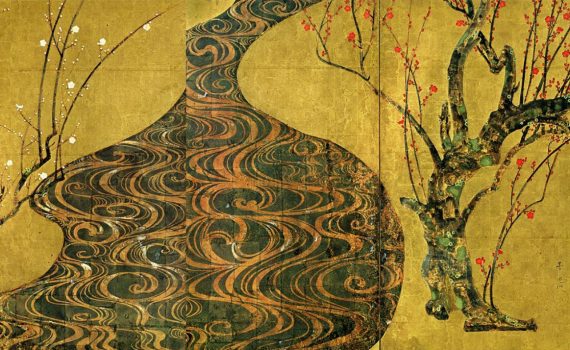
Combining metallic curls with mottled color, Kôrin’s screens capture the pulsing vitality of early spring.
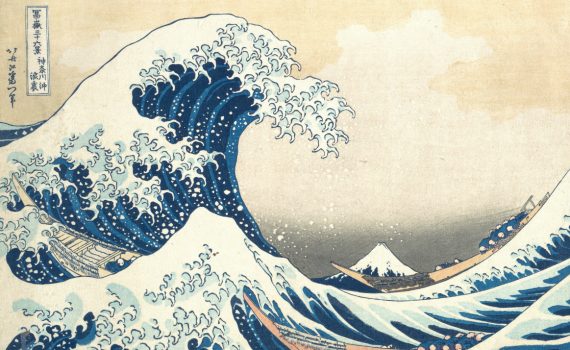
Perhaps the most iconic image in Japanese art, this woodblock print inspired many Western artists—including Monet.